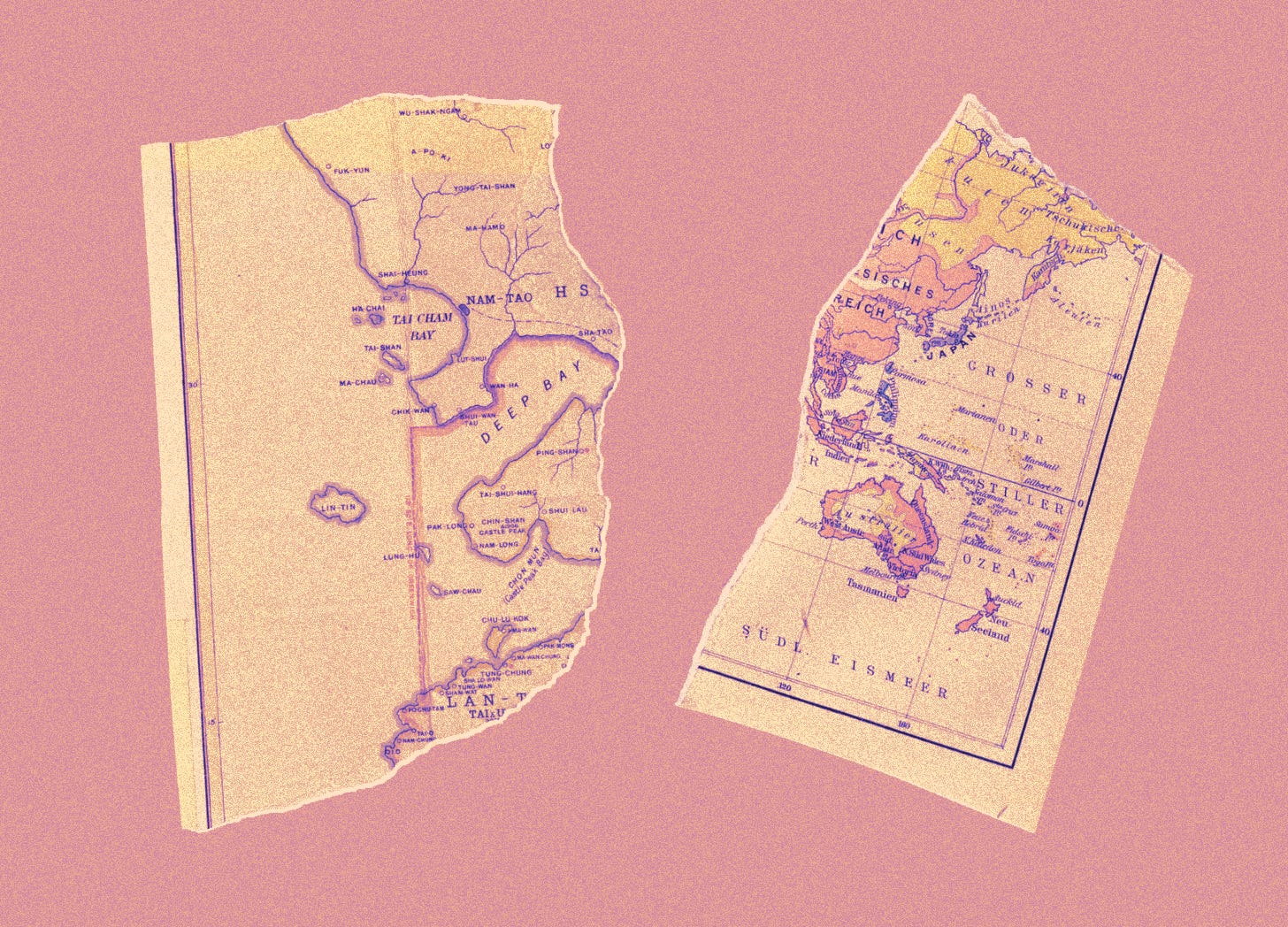Pitfalls and Box Canyons
Mapping the way through and out.
I published an article last week in
about art, politics, and the right. It opens with the true story of a barbarian king being cut in half by his rival in a very literal fell swoop because what better way to grab your attention? (You should read it.)The responses to it were overwhelmingly positive. In fact, it put me on a litt…
Keep reading with a 7-day free trial
Subscribe to Contra to keep reading this post and get 7 days of free access to the full post archives.




